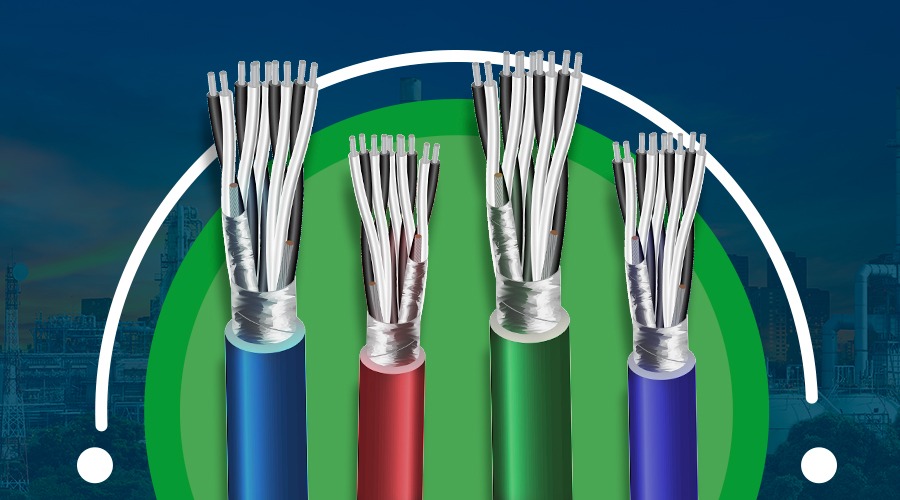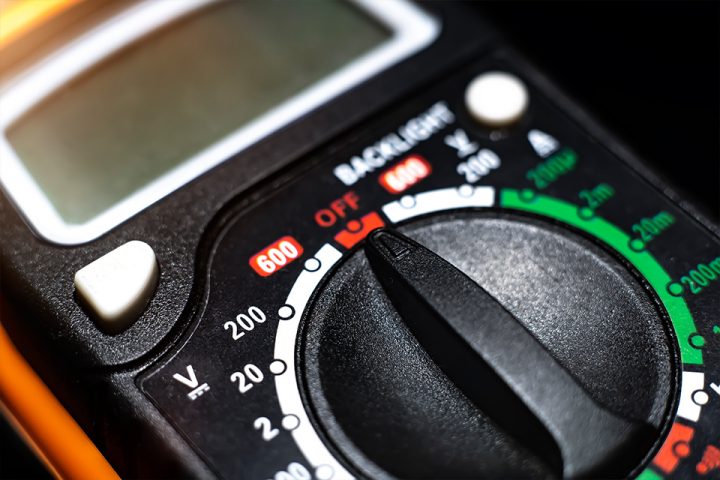Does your industry involve a lot of machinery? Does your workplace operate mainly on computers? If your answer is yes, then this blog is all you need to read.
In this blog, you will be guided about different types of instrumentation wiring and How to select your ideal cable. Also, there will be discussion around which cable is superior along with few other concepts like shielding as well as insulation.
Before you start looking for the best instrumentation cable manufacturers in India, let us have a glimpse at the concept of instrumentation cables and try to understand their applications.
Instrumentation cables are cords intended to be used for power or data transmission. This comprises several conducting wires that make energy conduction possible. There are two prime functions for these wires- first off, they manage the calculation and monitor the machine or equipment by regulating the signal transmission to it. Other than that, they simply carry electric power.
Applications in various industries
These are virtually used in a wide array of industries which includes manufacturing, technology, public transit, and several other places where energy is used to control and interpret signals.
Processing industries where such cables are used mainly cover chemical, pharmaceutical, petrochemical, petroleum, and construction industries.
Braided vs. shielded :
Braided cables are made up of multiple metals conducting wires plaited in order to form a single wire conductor. There are various types of build-ups through which cable can be stranded.
- Bunch braiding- it is a simple framework where all the small wires are stranded together unidirectionally but without any specific geometric configuration.
- concentric – the main central wire is surrounded by a spirally configured wiring layer or layers. Every other layer after the first one has six more wires.
- Rope lay- it is a type of concentric stranding where components are wired into a rope-like configuration. It is to say that each wire encompassing the core wire is also stranded.
Such wiring can be adopted with low to medium noise levels.
Shielded, on the other hand, consists of a set of insulated conductors. Each set is shielded or covered by a conductive layer. They are intended for use when there is not enough space and another set of cables with distinct electromagnetic force has to be placed together. Shielding prevents interference from surrounding electromagnetic fields and carries the data by canceling the noise. Such wires also found their utility in high-frequency setups where electronics are used on large scale like IT sectors. You can easily find instrumentation cables manufacturers and suppliers on an online engineering yellow page services like Enggpro.
Braided are conventionally shielded wires that provide less than 90 percent coverage. Hence there are energy leaks. Nonetheless, their ability to flex can last them longer than shielded ones. Foiled ones offer full coverage and there are virtually no power drains. Apart from that, they are less expensive than the former. Since they are susceptible to physical strain, such cables are brittle.
Because each type has its own set of drawbacks and benefits, they can be chosen on the basis of individual requisites. But the braided type is usually the trusted pick due to its durability.
Shielding vs. insulation :
The purpose of shielding is to lessen the impact of nearby electrical forces on power or data transmission. It does so by absorbing the surrounding energy leaks and transferring it to the ground by a wire used for this particular purpose. This technique is called Grounding. It also works to prevent emissions radiated by the wire itself. It is mainly carried out by covering the insulated wire with copper or aluminum foil or tape.
On the flip side, Insulation is performed on the uncovered conductors so as to keep them from coming in contact with one another. This can be made of materials such as PVC, CPE, TPE, silicon rubber and a few others.
Selecting the cables based on EMI
On the basis of interference produced by machinery or electronics, cables can be categorized for their ideal usage. When the noise level is high, like that produced by boilers, large generators, or transformers, cables with multiple shielding layers are an ideal fit.
For moderate frequency equipment, multiple layers of braided shield covering are required. These could be employed with small-scale production units with motors of medium capacity.
Places, where low noise is produced, can be installed with braided wires as the electric interference would be very low.
Types of instrumentation cables
- CANbus- these are date network series adopted in automobile industries such as in mass transit systems.
- DeviceNet – employed for use in device connections like computers and PLCs
- ARCNET- offers communication to local area network LAN
- Foundation Fieldbus- used in factory setups where they are utilized as control cables
Few other types of instrumentation cables are PROFIBUS, P-Net, HART, Fieldbus, AS-I as well as CANopen.
What is the difference between power and control cable?
Both power, as well as control wires, are instrumentation cables. The main difference is functional. Power cable is simply used for electrical power carriage whereas control cable is employed to read signals and manipulate them in order to control the working of equipment or a machine.
Not just that, they have differences in core wiring as well. Power cables can have upto 4 cores while control can possess over 60 cores.
Standards and certification
Before choosing your perfect wire, it is always a great idea to check for certifications and testing they have undergone.
IS: 8130, IS:5832, IS:3975, IS:1554, IS:694, ANSI MC 96.1 and a few other standards have to pass in order to qualify as a quality cable. Find certified instrumentation cables from trustworthy companies listed on Enggpro.
As mentioned above, it can be said that none of the types can be compared as they have their specific advantages. Choose instrumentation cables based on your preferences from companies listed on one of the largest digital supply networks Enggpro.



